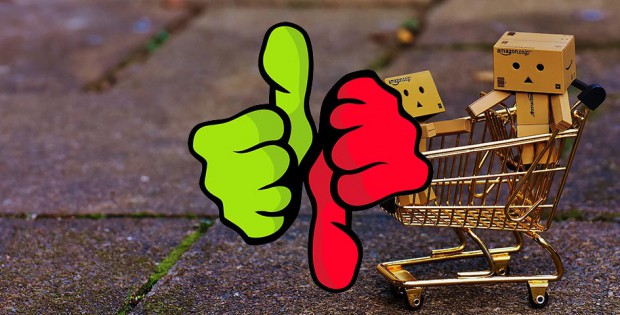
Online trade – the measure of all things?
No matter which sources you consult, the general tenor is always the same: The e-commerce business keeps growing and growing. It’s no wonder people say that ‘this is the market of the future and that ‘business is found online’ these days. The adult industry has obviously not been exempt from this development. But the bare figures rarely tell the whole story, so let’s take a closer look.
 Matthias Poehl
Matthias PoehlYes, growth rates in the online segment are speaking for themselves, but if you break them down you will see that the ones benefitting the most from this development are the big online companies. These usual suspects keep adding to their market shares, and the e-commerce market looks more and more like an oligarchy, with a handful of dominant players. The rest have to content with the crumbs that fall off the big boys’ plates. Looking at it from the viewpoint of a producer, this situation may not be so negative, after all, they still sell the same volume of products, or maybe even more as the big sellers keep growing.
In the long run, however, this development could force producers into a state of dependence, meaning that contractual terms and prices are dictated by the big commerce companies. And that, in turn, might push small producers to the fringes of the market even more because they can’t afford to match the low prices, short delivery times, or volumes. And if you look at this scenario through the eyes of the trade, well, then you might wonder: How are small online shops even going to survive when so much of the market is dominated by so few? Of course, things are not quite that bleak, after all, many successful online concepts have cropped up over the course of the past years. Be it individualised customer service or a focus on certain niches, the market is full of examples of smaller stores that manage to thrive even in the face of mighty competition. That notwithstanding, it will become more and more difficult for everyone involved to secure a piece of the ever growing e-commerce cake.
And of course, that’s just one side of story. I guess I don’t have to tell you that growth in the online segment has come largely at the expense of the brick and mortar trade. It remains to be seen how that segment keeps developing in the future, but dramatic changes are not to be expected. And while that probably means no explosive growth, it also means no withering away. No matter what some prophets of doom and gloom have to say, the tried and true concepts of the brick and mortar trade still appeal to a large group of consumers who enjoy the shopping experience in walk-in stores. And if you listen to the official announcements from the big e-commerce behemoths, you may have noticed that several of them are contemplating opening their own brick and mortar stores. If you look at today’s heterogeneous target audiences and dynamic markets, tapping into multiple sales channels is the way to go. Consumers use several channels in parallel when they shop for a product, and companies have to be able to offer multi-channel sales options to keep up with them. And that combination of brick and mortar and e-commerce – that is the market of the future.

 Randolph Heil
Randolph Heil


